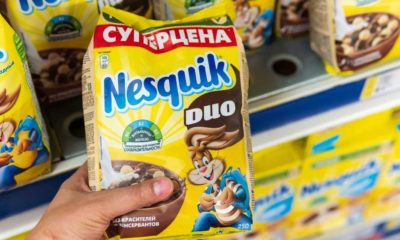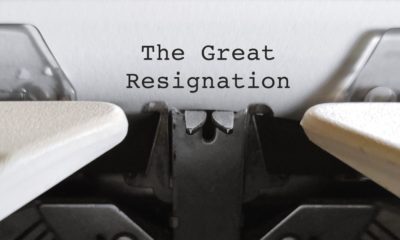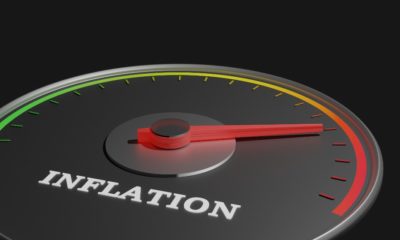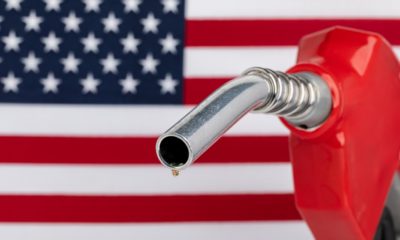commodity
Gold Becoming ‘Unavailable’ Due to Overwhelming Demand
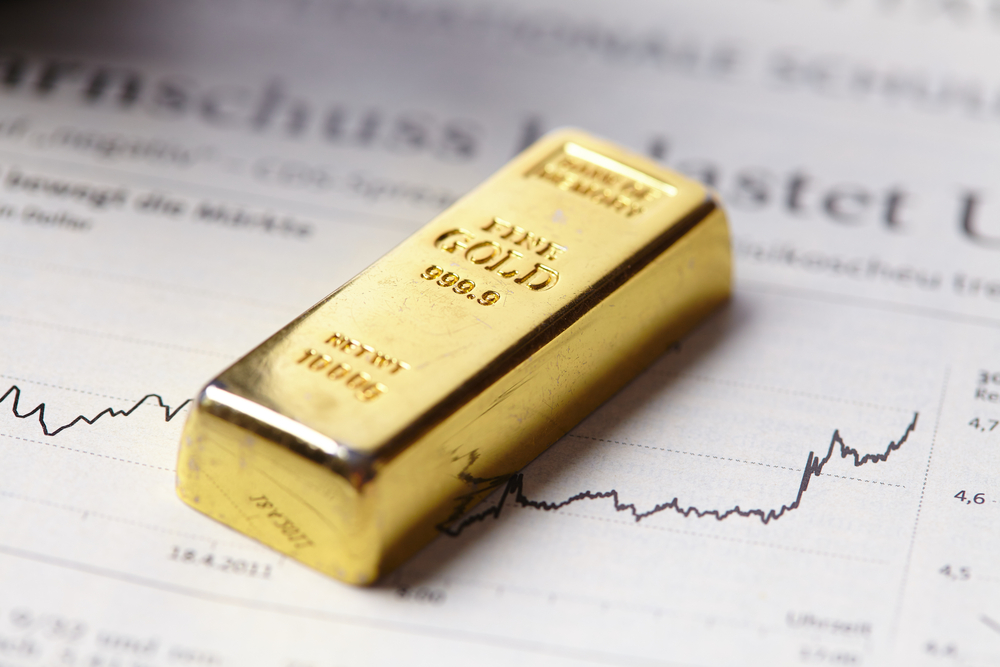
If you can find gold coins or gold bars available for purchase, it might be a good idea to get your hands on them.
Major gold dealers are reporting that gold bars and coins are virtually unavailable right now as investors flood into the precious metal as a safe haven.
Yesterday, Kitco announced that it is almost completely sold out of the most common one-ounce gold coins. American Eagles and Buffaloes from the U.S. Mint are out of stock. The same goes for Canadian “Maple Leaf” coins, Great Britain’s “Britannias,” Australia’s “Kangaroos” and South African Krugerrands.
Josh Strauss, a partner at Pekin Hardy Strauss in Chicago says “There’s no gold. There’s roughly a 10% premium to purchase physical gold for delivery. Usually it’s like 2%. I can buy a one ounce American Eagle for $1,800… $1,800!”
The U.S. Mint does have American Eagles for sale, but they are listed at $2,175 for a one ounce coin, a massive 33% premium over yesterday’s spot price of $1,630 per ounce.
Ludwig Karl, a board member of Swiss Gold Safe Ltd., said “It’s absolutely crazy what’s going on. Right now, if somebody wants to buy gold, I wish them all the best in finding it. Most of the bullion dealers are closed.”
Debra Thomson, sales director at IBV International Vaults, added “The last time I saw this amount of chaos in the market was with 9/11.” IBV offers safe-deposit boxes and the purchase of precious metals worldwide.
And Seamus Fahy, co-founder of Merrion Vaults, says “A buyer would have been fussy about the coins they want two months ago. Now they will buy anything they can get their hands on. They are desperate to get physical gold.”
If Goldman Sachs strategist Jeffrey Currie is right, gold coins will continue to be scarce as demand skyrockets over the coming months with every newly-announced government stimulus plan.
During this month’s massive selloff, gold initially dropped as well. It did the same thing at the beginning of the 2008 financial crisis, dropping around 20%. But in November 2008 when the government announced the first of many quantitative easing plans, gold stabilized and climbed higher.
Currie believes that with the announcement last week that the Federal Reserve would start buying $700 billion worth of Treasurys and mortgage-backed securities, once again we are mirroring what happened in 2008, and that means gold’s massive rally is likely underway.
Not only could the Fed’s quantitative easing measures send gold prices soaring, the supply imbalance will likely get worse, adding more fuel to the fire.
Switzerland’s refining industry, which is a major international hub and has three of the world’s largest refiners, is shut down in an effort to slow the advance of the coronavirus and mines across the globe are seeing production slow or come to a complete halt as governments close anything deemed non-vital in the wake of the outbreak.
“There’s no gold” is likely to become a common refrain in the coming months.



